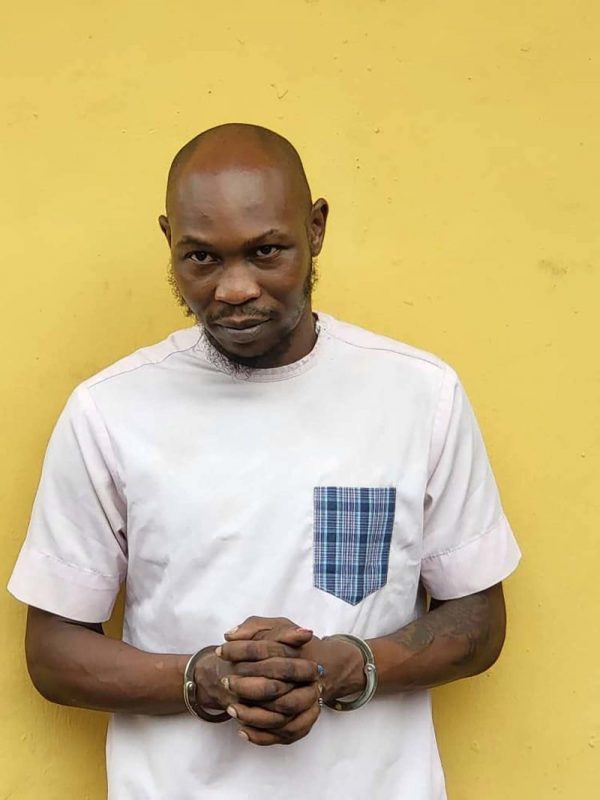The Eurovision Song Contest is back in Britain for the first time in more than two decades, and this year’s edition is one of the most anticipated ever.
But the famously kitsch competition can be confusing, to say the least.
Here’s what first-timers need to know about Eurovision – and how they can follow Saturday’s grand final.
What is Eurovision?
In simple terms, it’s an international singing competition organized by the European Broadcasting Union (EBU). It takes place once a year, and is hosted by the previous edition’s winning country. There are two semi-finals, and a grand final.
The widely told story of the origins of Eurovision is surprisingly noble. Tasked with bringing together a continent torn apart by war, the fledgling EBU organized a musical contest. Seven countries took part the first time around – now around 40 compete each year.
Any member country of the EBU can take part, and that includes countries on the fringes of Europe such as Morocco, Jordan, Israel – and even Australia, which has recently been invited to join.
Why is it in the UK?
For the first time ever, the contest is being held on behalf of another nation.
Ukraine’s Kalush Orchestra won last year, with a wave of support across Europe sweeping the nation to victory.
But the UK finished second, its best result in decades, and was asked to host the contest once it became clear that Russia’s ongoing invasion would prevent Ukraine from hosting.
Liverpool, the home of the Beatles, was selected to take the honors, and the city has been transformed for the competition. There are Ukrainian-themed displays around the city, and 3,000 discounted tickets were made available to displaced people from Ukraine.
How does it work?
Twenty-six countries will compete in the finals, with the bulk having to compete in semi-finals to meet the handful of nations who are automatic qualifiers – France, Germany, Italy, Spain and the United Kingdom – as well as last year’s winner Ukraine.
Each country performs a three-minute song once, during a very, very long and somewhat emotionally draining broadcast. Singers can sing in any language – most choose English, but plenty opt for their own – and they don’t even need to be from the competing country.
Then, every country hands out points to their favorite competing nations, separately revealing the scores from an expert jury and the public vote. Countries give 12 points to their top dog, 10 to their second-favorite, and between one and eight for their honorable mentions.
Votes are read out, via satellite link, by a national celebrity in each of the countries that entered the contest, so we get a whistlestop tour of dozens of European capital cities.
How big a deal is it?
It’s huge. Some 161 million people watched last year’s event, according to the EBU. Certain regions within Europe take it especially seriously – Scandinavian nations have long been obsessed and can boast a long list of winners.
In Iceland last year, nearly 97% of televisions that were tuned into something were showing Eurovision, the EBU said.
Ireland has the most wins, with seven, but the majority of those were from the early days of the contest, and Sweden needs just one more victory to equal that record. Monaco is the smallest country to have won, with its David vs. Goliath triumph coming in 1971.
What are the performances like?
Eurovision is well-known for its more eccentric acts, who give the competition its charm and unmistakable style.
In the past few years we’ve seen heavy metal acts, a Norwegian techno duo dressed as yellow wolves, a pair of rapping Montenegrin astronauts, an all-female Polish group who churned butter throughout their performance, and Ukrainian superstar Verka Serduchka, whose iconic and turbocharged performance came in second place.
Not quite every country opts for such an over-the-top spectacle. On Saturday, as is the case every year, there will be a handful of drab ballads about peace, and a few more about love. But with every nation keen to stand out from the pack, even the most straightforward tunes can be presented in some eyebrow-raising ways.
So expect bright colors, perhaps some magic tricks, a few questionable hairstyles… and most importantly, expect the unexpected.
Who can vote?
Viewers in EBU member countries can vote for any nation apart from their own, leading to some infamously political vote-lending.
And this year, for the first time, people anywhere else in the world can vote too.
“The Eurovision Song Contest, the world’s largest live music event, is now approaching its 70th anniversary. In order to keep the event relevant and exciting we regularly update the format to ensure it continues to thrive,” the contest explained.
If you’re in one of the countries that are newly able to vote, you’ll have to visit the official Eurovision website and enter your credit card details in order to ensure the global voting is fair.
All the details are explained by the EBU here.
How can I watch it?
In the United States, Eurovision is being streamed exclusively by Peacock. Its grand final coverage starts at 3 p.m. ET (8 p.m. UK time) Saturday.
Olympic figure skater Johnny Weir is providing commentary, for the second year in a row.
Viewers can participate with Weir via “Watch With” by submitting questions to the host as they watch the competition together.
The former professional ice skater is a super fan of the annual competition, which pits singers, who must perform live, from participating countries against each other and has become a worldwide phenomenon.
Across Europe, the contest is shown by national broadcasters. This year’s host broadcaster in Liverpool is the BBC.










